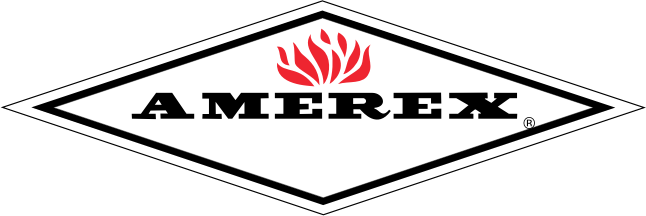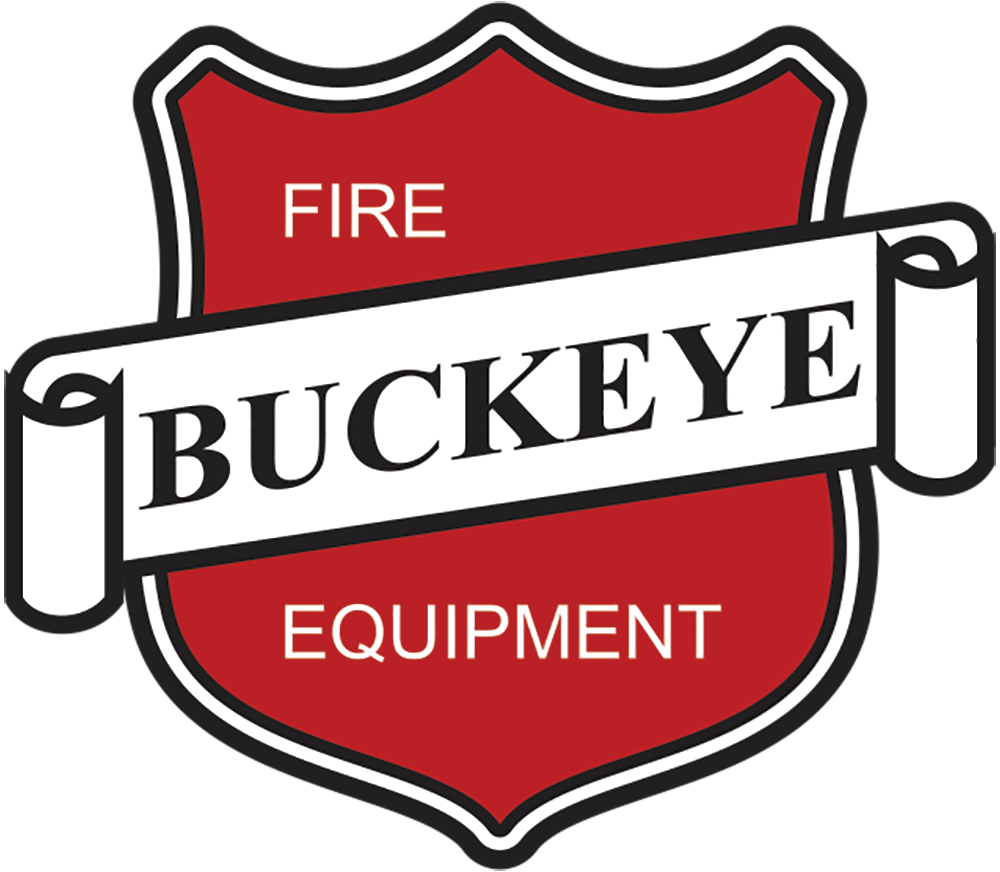When a fire occurs in the workplace, it can damage the facility, diminish productivity, and, worst of all, harm your employees. Business owners and managers must prioritize mitigating potential fire risks immediately. Review this guide on several common workplace fire hazards and how to avoid them, so you can make your facility a safe environment for employees.
Dust Accumulation
When dust accumulates in industrial settings or high-production facilities, it can pose fire risks. Fine particles settling on machinery, ventilation ducts, or electrical components create a combustible environment. If the accumulated dust comes into contact with heat sources or sparks, it can ignite and spread rapidly.
Minimizing dust buildup requires regular cleaning schedules focusing on high-risk areas, such as production floors and storage rooms. High-efficiency particulate air (HEPA) vacuum systems and ventilation systems reduce dust. Additional vigilance is necessary near machinery prone to overheating or sparking, as these spots tend to compound the risk of ignition.
Hazardous Power Socket Use
Overburdening power sockets might seem like a way to make the workplace more convenient. However, this approach is a common source of electrical fires. When you put too many devices in an outlet, you can overload it and cause the outlet to overheat and spark. Using adapters or power strips also increases the chances of fire.
Mitigating this risk starts with surveying the workplace for overloaded circuits or makeshift electrical setups. Redistribute your equipment across multiple circuits to lessen the strain on each socket. Supervisors should also discourage employees from daisy-chaining power strips together.
Power Cord Damage

Don’t overlook frayed or damaged power cords. Employees plugging appliances into damaged cords unknowingly create fire hazards because the exposed wires may spark when in use. When heavy equipment moves across floors, it can cause wear on power cords.
Take the time to regularly inspect all cables for nicks, cracks, or exposed wires. Any equipment with damaged cords should not re-enter circulation without prompt repairs.
You should also prohibit your staff from engaging in practices that could damage cords, such as tugging them out of outlets. This will help extend the longevity of the cords and prevent fires.
Smoking Indoors
Another common workplace fire hazard is employees smoking indoors. If they carelessly discard cigarette butts or improperly extinguish matches, they may accidentally ignite surrounding materials, ranging from upholstery to carpeting to paper products. These acts of negligence can compromise the building’s safety.
Provide employees with outdoor smoking areas located away from flammable materials. Include designated receptacles for extinguishing cigarettes.
Overworked Laptops
Allowing a laptop to overheat can introduce another fire hazard. When laptops overheat on soft surfaces, like fabric, or when workers leave the devices running for extended periods without ventilation, they can generate excessive heat and could ignite nearby objects.
Encourage employees to use their laptops more responsibly by resting them on sturdy, hard surfaces or laptop stands during prolonged use. Instruct them to shut down the devices when they are not in use. Another good practice is to monitor lapses in cooling systems, like malfunctioning fans. Standardizing these practices limits overheating altogether.
Unsafe Storage of Flammable Materials
If employees improperly store flammable or combustible materials on-site, they can significantly increase the likelihood of workplace fires. Placing cleaning chemicals, fuel, paint, or industrial oils next to heat sources increases the risk of fire. You should also avoid storing them in confined spaces without ventilation, since their vapors may ignite under specific circumstances.
Addressing this issue involves strict protocols emphasizing proper storage solutions, such as safety cabinets labeled for flammable materials. In addition, ensure they have access to air circulation and follow spatial guidelines to separate flammable substances from ignition points. Providing all on-site personnel with material safety data sheets can educate them about the correct way to handle these materials.
Malfunctioning Equipment
Business owners have many issues they must address daily at their companies. However, one that they should not overlook is malfunctioning equipment. Worn-down engines, failing thermal systems, or exposed metals capable of creating friction generate high levels of heat, eventually leading to ignition.
Similarly, minor equipment faults left unchecked can lead to unexpected fires during production. You can avoid this by developing maintenance schedules that include thorough inspections of your equipment.
In addition, train your employees to recognize symptoms of issues with your machines. These precautions will make sure that damaged equipment receives timely attention.
Obstruction of Fire Exits
Blocked fire exits can create substantial safety hazards during emergencies. Employees may find themselves unable to evacuate promptly when misplaced furniture, piles of inventory, or tools obstruct exits. These can lead to greater loss of life and diminished evacuation efficiency during fires.
These reasons make it essential to maintain clear, unobstructed pathways. Managers must frequently monitor fire exit conditions and remove unnecessary obstructions immediately. Companies should also implement clear signage directing employees toward the nearest emergency exits so that everyone knows about evacuation procedures during crises.
Untested Fire Systems and Equipment

Even though you may have outfitted your workplace with sprinklers, extinguishers, hydrants, and fire alarms, your business remains vulnerable when you fail to test these systems or conduct routine inspections. For example, broken sprinkler heads or faulty alarms can compromise emergency responsiveness. This undermines the facility’s ability to extinguish flames and alert staff members.
You can prevent errors in fire prevention systems from occurring by collaborating with a professional fire protection services company. At Hendrick Fire Protection, we will ensure these elements are ready to perform after thorough evaluations. Scheduling these inspections allows you to avoid unnecessary shutdowns or hazards within the premises.
These examples show how many conditions can lead to fire hazards in the workplace, but all of them are preventable. Business owners and managers must proactively address these risks to safeguard their staff and maintain operational productivity.
Hedrick Fire Protection can assist you in this process with our variety of inspection services. We can service and check the fire extinguishers, sprinklers, hydrants, and alarms to guarantee your business is equipped to mitigate fire-related disasters in the future.



